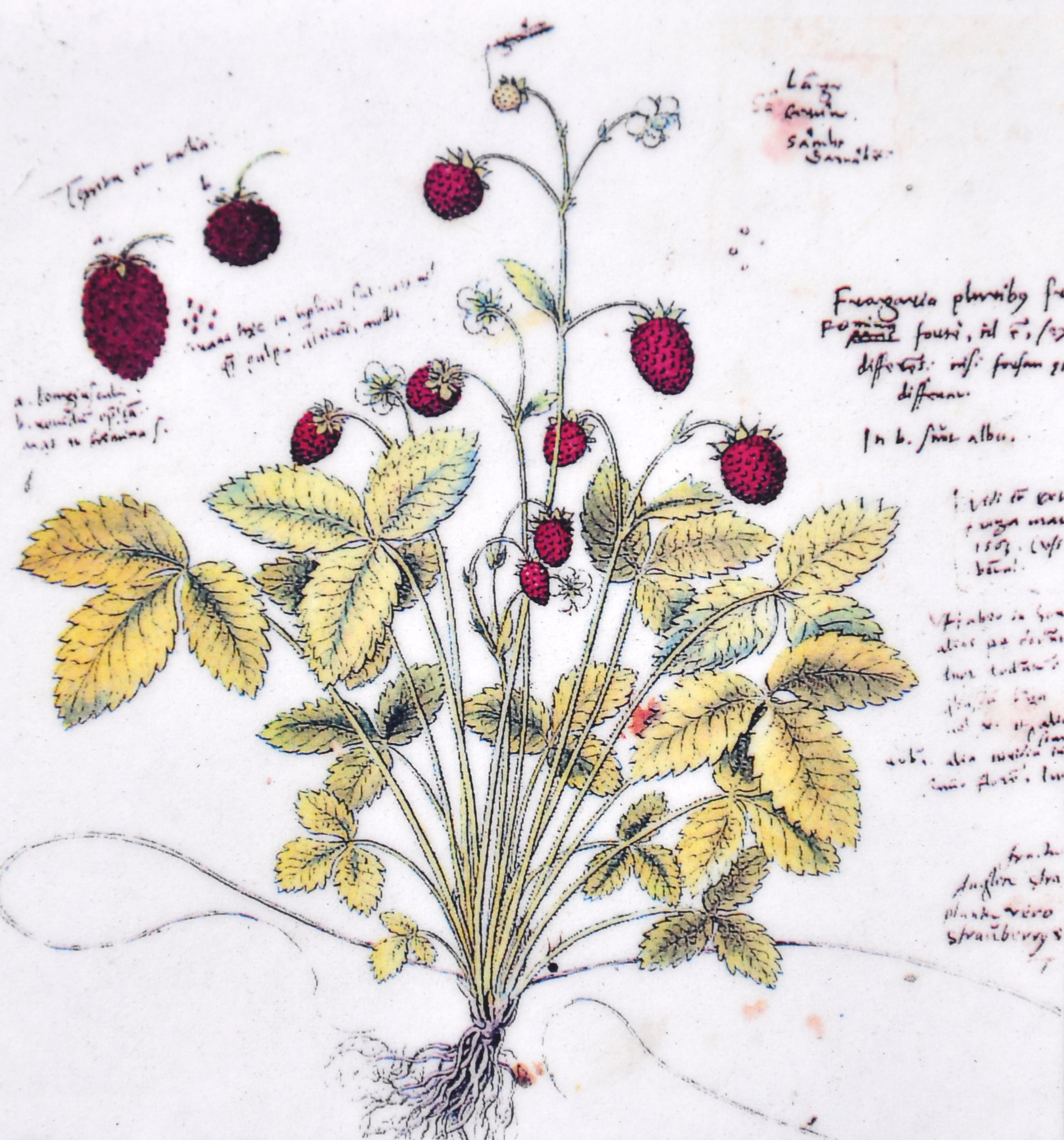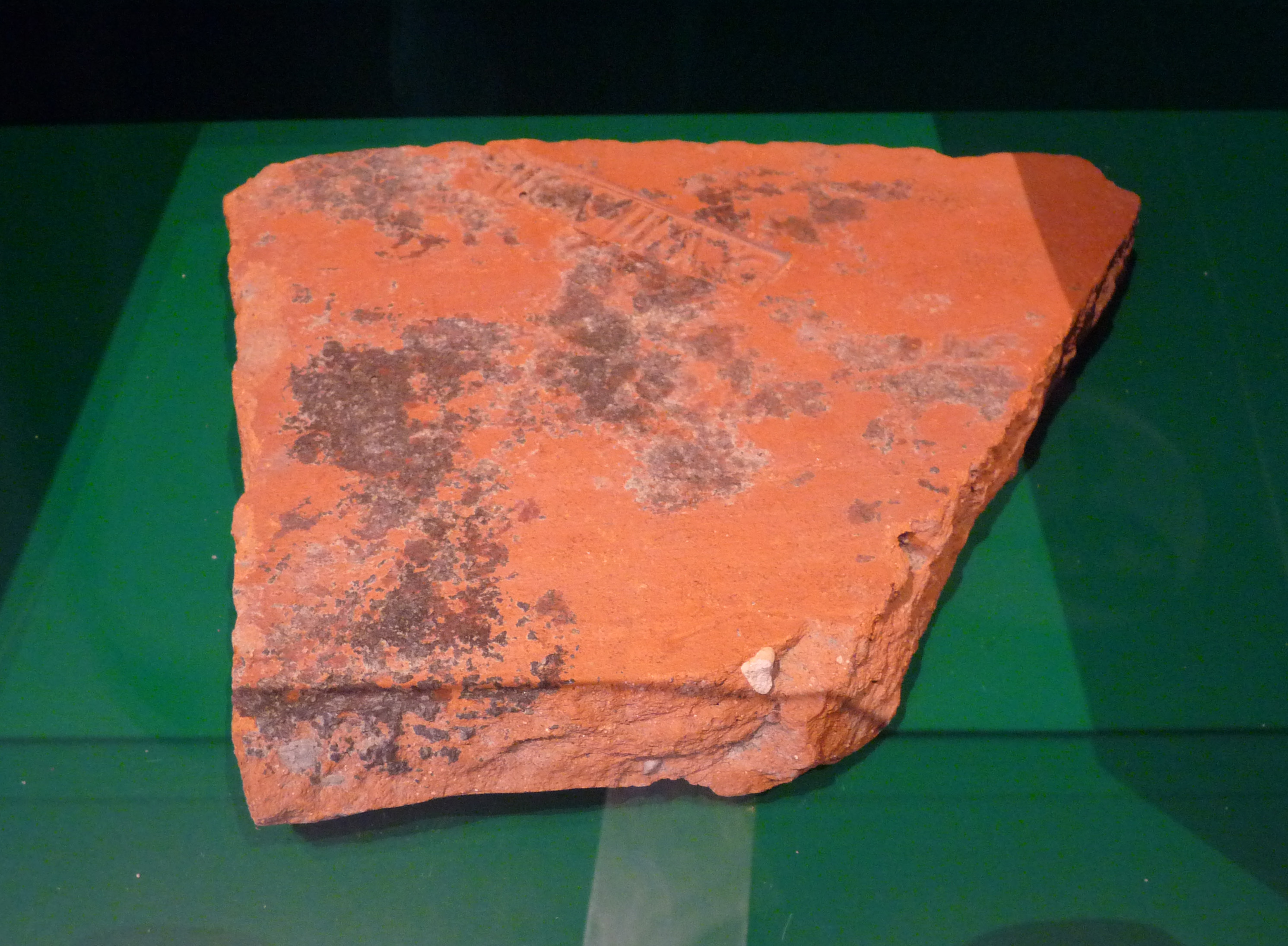|
Lucas Schan
Lucas Schan (or Lukas Tschan, etc., active 1526–1558) was a natural history artist and wildfowler, known for his illustrations of birds for Conrad Gessner's ''Historia animalium'', published at Zurich in 1551–58 and 1587. Gessner acknowledges Schan in the book with the words: : ''Lucas Schan pictor Argentoratensis aves plurimas ad vivum nobis expressit, & quarundam historias quoque addidit, vir picturae simul et aucupii peritus''(Lucas Schan of Argentoratum trasbourgmost vividly depicted birds, and in some places also added a description that captured the bird's behaviour).Gessner, Conrad. ''Historia animalium'', I, g1v; cf. also III, 48898, cited in Kusukawa 2010. Schan is the only artist named by Gessner; he painted most of the bird illustrations for his bird volume, together by Gessner's account with some descriptive text. The illustrations (not all by Schan) were so much liked that they were brought out in a volume of their own in 1560, ''Icones Animalium''. Authors such ... [...More Info...] [...Related Items...] OR: [Wikipedia] [Google] [Baidu] |
Conrad Gessner
Conrad Gessner (; la, Conradus Gesnerus 26 March 1516 – 13 December 1565) was a Swiss physician, naturalist, bibliographer, and philologist. Born into a poor family in Zürich, Switzerland, his father and teachers quickly realised his talents and supported him through university, where he studied classical languages, theology and medicine. He became Zürich's city physician, but was able to spend much of his time on collecting, research and writing. Gessner compiled monumental works on bibliography (''Bibliotheca universalis'' 1545–1549) and zoology (''Historia animalium'' 1551–1558) and was working on a major botanical text at the time of his death from plague at the age of 49. He is regarded as the father of modern scientific bibliography, zoology and botany. He was frequently the first to describe species of plants or animals in Europe, such as the tulip in 1559. A number of plants and animals have been named after him. Life Conrad Gessner was born on 26 March 1516, ... [...More Info...] [...Related Items...] OR: [Wikipedia] [Google] [Baidu] |
Historia Animalium (Gessner Book)
''Historia animalium'' ("History of the Animals"), published at Zurich in 1551–1558 and 1587, is an encyclopedic "inventory of renaissance zoology" by Conrad Gessner (1516–1565). Gessner was a medical doctor and professor at the Carolinum in Zürich, the precursor of the University of Zurich. The ''Historia animalium'', after Aristotle's work of the same name. is the first modern zoological work that attempts to describe all the animals known, and the first bibliography of natural history writings. The five volumes of natural history of animals cover more than 4500 pages. Overview The ''Historia animalium'' was Gessner's magnum opus, and was the most widely read of all the Renaissance natural histories. The generously illustrated work was so popular that Gessner's abridgement, ''Thierbuch'' ("Animal Book"), was published in Zurich in 1563, and in England Edward Topsell translated and condensed it as a ''Historie of foure-footed beastes'' (London: William Jaggard, 1607). ... [...More Info...] [...Related Items...] OR: [Wikipedia] [Google] [Baidu] |
Argentoratum
Argentoratum or Argentorate was the ancient name of the city of Strasbourg. The name was first mentioned in 12 BC, when it was a Roman military outpost established by Nero Claudius Drusus. From 90 AD the Legio VIII Augusta was permanently stationed there. History The Romans under Nero Claudius Drusus established a military outpost belonging to the Germania Superior Roman province close to a Gaulish village near the banks of the Rhine, at the current location of Strasbourg, and named it Argentoratum. Its name was first mentioned in 12 BC but "Argentorate" is the toponym of the Gaulish settlement that preceded it before being latinised, though it is not known by how long. From 90 AD the Legio VIII Augusta permanently stationed in Argentoratum. The Roman camp of Argentoratum then included a cavalry section and covered an area of approximately , from approximately in Tiberian times. Other Roman legions temporarily stationed in Argentoratum were the Legio XIV Gemina and the Le ... [...More Info...] [...Related Items...] OR: [Wikipedia] [Google] [Baidu] |
Strasbourg
Strasbourg (, , ; german: Straßburg ; gsw, label=Bas Rhin Alsatian, Strossburi , gsw, label=Haut Rhin Alsatian, Strossburig ) is the prefecture and largest city of the Grand Est region of eastern France and the official seat of the European Parliament. Located at the border with Germany in the historic region of Alsace, it is the prefecture of the Bas-Rhin department. In 2019, the city proper had 287,228 inhabitants and both the Eurométropole de Strasbourg (Greater Strasbourg) and the Arrondissement of Strasbourg had 505,272 inhabitants. Strasbourg's metropolitan area had a population of 846,450 in 2018, making it the eighth-largest metro area in France and home to 14% of the Grand Est region's inhabitants. The transnational Eurodistrict Strasbourg-Ortenau had a population of 958,421 inhabitants. Strasbourg is one of the ''de facto'' four main capitals of the European Union (alongside Brussels, Luxembourg and Frankfurt), as it is the seat of several European insti ... [...More Info...] [...Related Items...] OR: [Wikipedia] [Google] [Baidu] |
German Illustrators
German(s) may refer to: * Germany (of or related to) **Germania (historical use) * Germans, citizens of Germany, people of German ancestry, or native speakers of the German language ** For citizens of Germany, see also German nationality law **Germanic peoples (Roman times) * German language **any of the Germanic languages * German cuisine, traditional foods of Germany People * German (given name) * German (surname) * Germán, a Spanish name Places * German (parish), Isle of Man * German, Albania, or Gërmej * German, Bulgaria * German, Iran * German, North Macedonia * German, New York, U.S. * Agios Germanos, Greece Other uses * German (mythology), a South Slavic mythological being * Germans (band), a Canadian rock band * "German" (song), a 2019 song by No Money Enterprise * ''The German'', a 2008 short film * "The Germans", an episode of ''Fawlty Towers'' * ''The German'', a nickname for Congolese rebel André Kisase Ngandu See also * Germanic (other) * Germa ... [...More Info...] [...Related Items...] OR: [Wikipedia] [Google] [Baidu] |
Natural History Illustrators
Nature, in the broadest sense, is the physical world or universe. "Nature" can refer to the phenomena of the physical world, and also to life in general. The study of nature is a large, if not the only, part of science. Although humans are part of nature, human activity is often understood as a separate category from other natural phenomena. The word ''nature'' is borrowed from the Old French ''nature'' and is derived from the Latin word ''natura'', or "essential qualities, innate disposition", and in ancient times, literally meant "birth". In ancient philosophy, ''natura'' is mostly used as the Latin translation of the Greek word '' physis'' (φύσις), which originally related to the intrinsic characteristics of plants, animals, and other features of the world to develop of their own accord. The concept of nature as a whole, the physical universe, is one of several expansions of the original notion; it began with certain core applications of the word φύσις by pre-So ... [...More Info...] [...Related Items...] OR: [Wikipedia] [Google] [Baidu] |



.jpg)